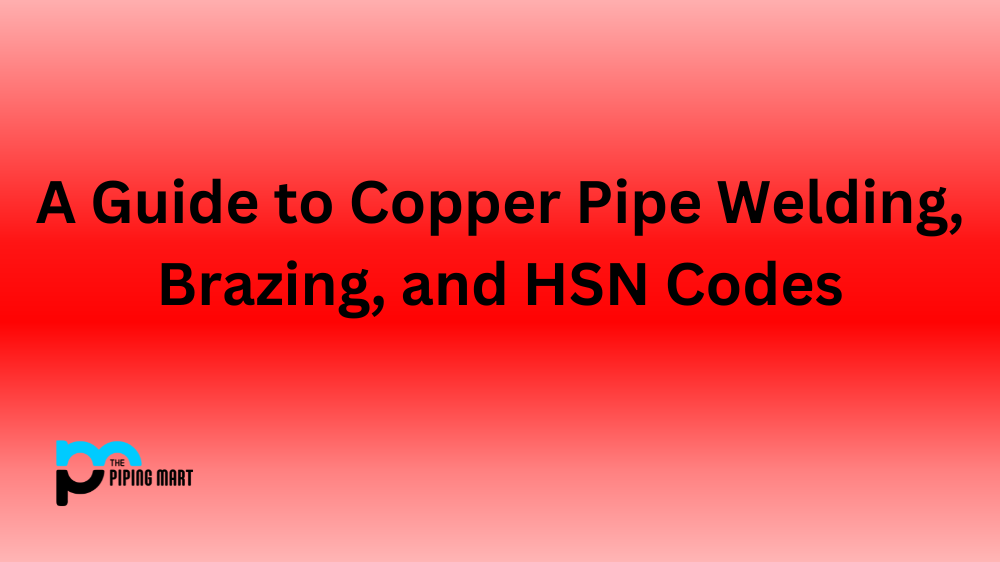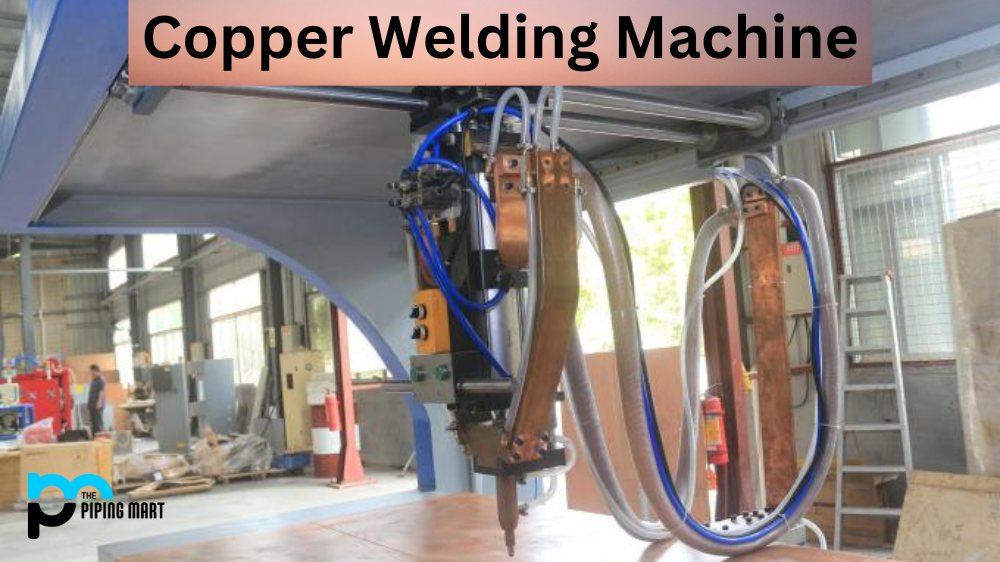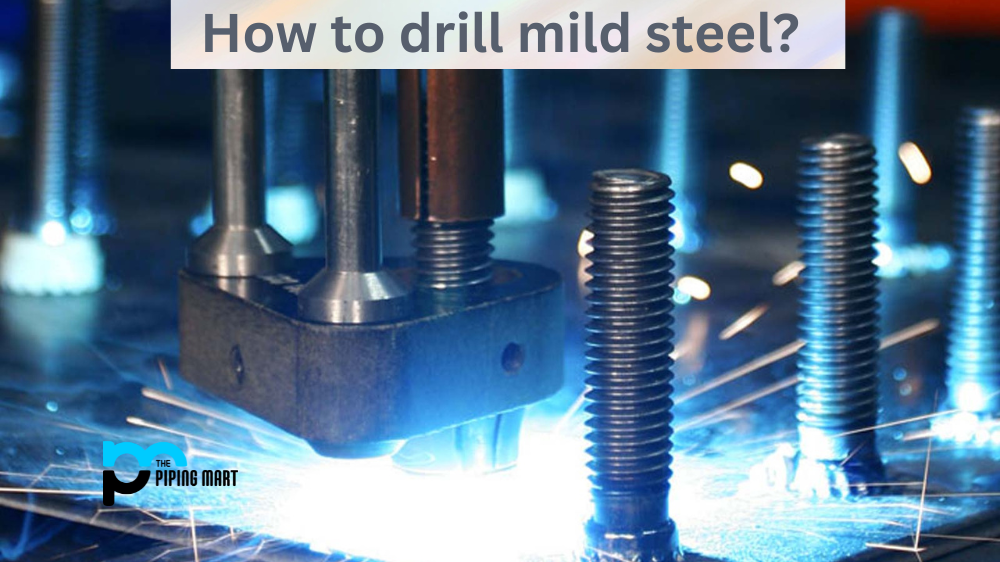Copper piping is a great material for plumbing projects due to its durability, heat resistance, and corrosion resistance. However, when it comes to copper pipe welding and brazing, there are a few things you should know before tackling the job. Understanding copper pipe welding techniques can help you select the best option for your project and understand copper’s HSN (Harmonized System Nomenclature) code. Let’s dive into the details of all three topics!
Copper Pipe Welding Techniques
When it comes to welding copper pipes together, there are two main methods—soldering and brazing. Soldering involves melting a filler metal into a joint between two pieces of metal by applying heat from above or below the joint. This method works best with thin pipes that have clean surfaces and require minimal heat input. Brazing is similar but uses higher temperatures and requires more heat input than soldering does. The filler metal used in this technique also has a higher melting point than soldering does, so it can fill larger gaps between two pieces of metal without melting away due to the extra heat. Both techniques do not involve actually melting the pipes themselves—just the filler metals used to join them together.
Copper Pipe HSN Code
The Harmonized System Nomenclature (HSN) code is an international standard for classifying products that are traded across borders in order to make sure they are taxed correctly. The HSN code for copper pipes is 74031200, which means that when you import or export copper pipes from one country to another, they will be taxed according to this HSN code classification rate. It’s important to keep this in mind if you’re doing any sort of international trade involving copper piping products!
Disadvantages of Copper Pipes
While copper piping has many advantages over other materials, such as PVC or ABS plastic pipe, it also has some disadvantages that should be taken into consideration before purchasing them for your project. For instance, while it is highly resistant to corrosion and bacteria growth, these properties come at a price—copper piping is much more expensive than other types of piping materials on the market today! Additionally, since there is no way to “weld” two sections of copper pipe together without using specialized equipment such as soldering/brazing tools or compression fittings (which can cost quite a bit), joining sections of pipe together with this material takes more time than with other materials such as PVC or ABS plastic pipe.
Conclusion:
All things considered, when deciding whether to use copper piping for your project needs, consider all aspects carefully – from cost savings from welding vs. soldering/brazing pieces together quickly with special tools, understanding what HSN code applies, down to weight considerations if installing overhead runs which might require extra support brackets, etc. Ultimately though, if you take all these factors into account when making your decision, you should be able to find out if using copper pipes is the right choice for your project needs!

Pipingmart is a B2B portal that specializes in metal, industrial and piping items. Additionally, we share the latest information and information about materials, products and various types of grades to assist businesses that are involved in this business.




